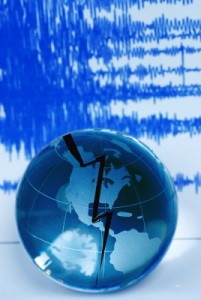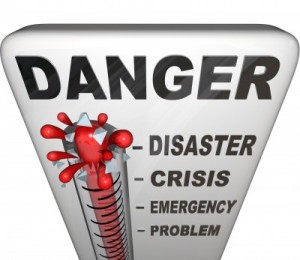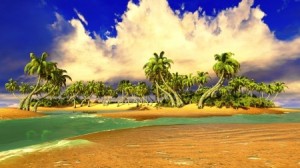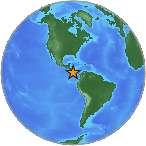
We’ve had another increase in earthquake intensity and tsunamis.
This was an active earthquake week, with a few small tsunamis thrown into the mix. The following quakes shook the Pacific Rim and the Caribbean, 5/10 through 5/16, 2014:
- 5.6 Alaska 5/10
- 5.3 Off Oregon Coast 5/12
- 6.5 Southern East Pacific Rise 5/12
- 6.8 Panama 5/13
- 6.6 Yap 5/14
- 6.6 Yap 5/15
- 6.2 Philippines 5/15
- 5.7 New Caledonia 5/15
- 6.0 Antigua and Barbuda 5/16 – local tsunami Leeward Islands Caribbean Sea
- 5.0 Guadeloupe 5/16
- 5.5 Chile 5/16
- 5.0 Indonesia 5/16
- 5.1 Saint Helena



